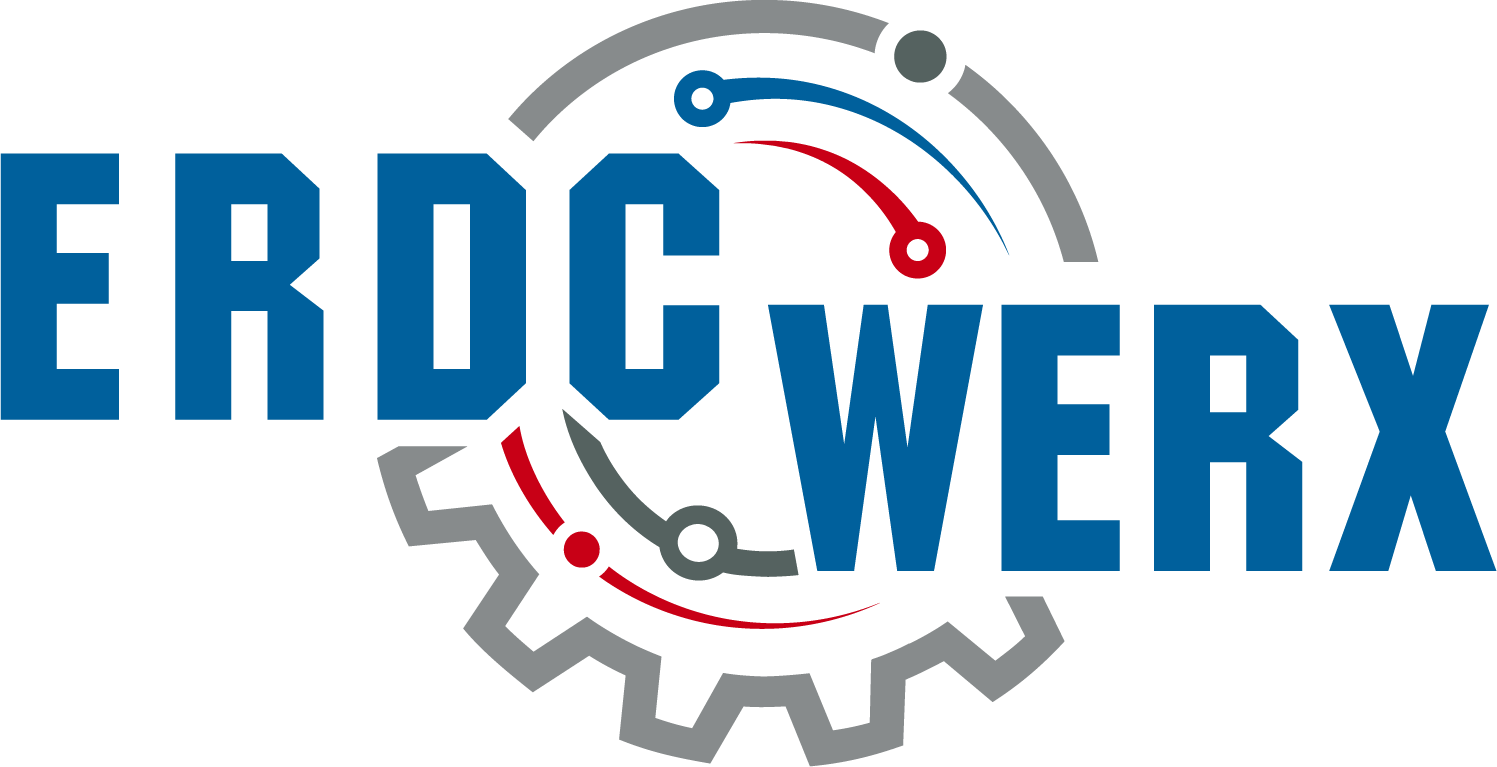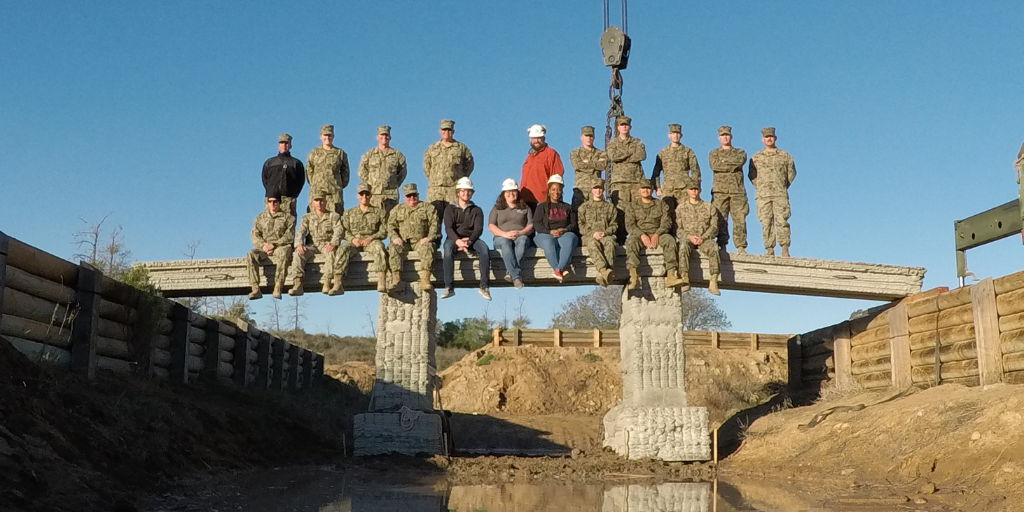Submit Innovative Commercial Solutions to Enhance Mission Capabilities
This Commercial Solutions Opening (CSO) contains broadly defined areas of interest. While some of these areas of interest are geared toward meeting requirements at listed locations, the Government reserves the right to award contracts from this CSO to meet ERDC-CERL requirements at other locations with similar areas of interest and mission requirements.
The CSO Solicitation document provides additional details and instructions.
Areas of Interest

Technology Area(s): additive construction, deployable 3D printers, 3D printing, autonomous material processing and delivery, autonomous construction accessory equipment, materials (polymers, concrete/composites, metals, etc), indigenous materials, design methods, software, infrastructure
ERDC seeks to develop, improve, and deliver additive construction capabilities in support of both military and civilian mission sets of the U.S. Army Corps of Engineers. ERDC is conducting research in the broad area of additive construction including but not limited to deployed force infrastructure and use on installations. The primary focus is to advance construction, materials, design, and technology development to minimize logistics, materials, labor, cost, manpower, and time for construction. The solution may address a wide breadth of areas under Additive Construction including software, user interface, simulation, integration, equipment (printers and accessory pieces of equipment including pumps, mixers, or extruders), materials, testing, training & documentation, and design. The solution could include stationary builds, repair, and/or modular structures for operating environments. The solution should be able to operate in environments that are challenging and to print on unprepared or minimally prepared surfaces. Deployable and ruggedized solutions are preferred.
The solution may address one or multiple aspects of this research area including, but not limited to, containerized large/construction-scale polymer/composite printing systems capable of producing full-scale components, combination additive/subtractive manufacturing systems (including for concrete), composite materials incorporating green/recycled/indigenous materials to create structures capable of withstanding realistic structural and environmental loads, upgraded concrete mixers/pumps/extruders designed specifically for field operations & additive construction, autonomous reinforcement creation/placement, and innovative digital designs of additively constructed infrastructure for adding to a government repository. Applicants are encouraged to submit evidence of their innovations performing a demonstration at full scale.

Technology Area(s): autonomous controls, autonomous terrain shaping operations, robotic repair, field robotics, non-destructive testing/inspection, infrastructure, near real-time mapping (Engineer reconnaissance)
Description: ERDC seeks to develop and deliver unmanned/robotic capabilities in support of both military and civilian mission sets of the U.S. Army Corps of Engineers. ERDC is conducting research in the broad area of robotic engineering support in challenging and highly dynamic operating environments. In the military domain, solutions should enable Army Engineers to autonomously perform terrain shaping missions by integrating solutions into existing/standard, commercial off-the-shelf platforms, and equipment. The primary focus is to expand the Engineer’s capabilities and capacity using unmanned systems. The solution should be able to operate in environments with challenging, unprepared terrain. In the civilian mission set, solutions should enable remote or autonomous non-destructive testing and inspection of large infrastructure in dangerous and challenging environments. Solutions should be suited for both land and water environments and have the ability to operate in confined spaces. New technologies and capabilities will allow for inspections and repairs to be conducted rapidly, minimize project outages, reduce labor burden, and increase safety for personnel.
ERDC prefers autonomous ground vehicle solutions that allow for real-time teleoperation as a fallback/safety method of control, allow for operations in a non-assured radio communication state (confined space, radio signal obstruction/attenuation), operate in Global Navigation Satellite System (GNSS)-denied environments, and interface with the robot operating system (ROS). The solution may address one or multiple aspects of this research area to include near real-time mapping for Engineer reconnaissance and autonomous task planning, novel localization techniques, autonomous control of equipment and implements, nondestructive evaluation and sensing systems through autonomous manipulation, algorithms for evaluation and interpretation of inspections to support decision-makers, and mission planning and control tools for coordinating mission tasks among multiple pieces of equipment.
ERDC-CERL will typically use a one-step evaluation process but does reserve the right to request a pitch (see CSO Solicitation) that would add a second step to the evaluation process. Under the one-step evaluation process, offerors whose proposed solutions meet the need of the government and include enough detail to complete a full technical evaluation will not be required to provide a pitch of their solution.
All contracts will be firm-fixed price. All supplies and services procured via this CSO are treated as commercial. The Contracting Officer must determine the price fair and reasonable prior to award. ERDC-CERL is conducting this CSO on a full and open basis and intends to award contracts in accordance with FAR part 12 and the FAR part that is deemed most appropriate for the solution proposed (i.e. FAR part 13, 15, and/or 35); the government reserves the right to award agreements (e.g. Other Transaction Agreements), if deemed in the government’s best interest.
How to Participate
1. Review the CSO Solicitation
2. Review FAQ
3. Once the solution is ready to submit, complete the submission form
Questions: Please send all technical and administrative questions using this form. Q&A will be updated periodically. It is the responsibility of the offeror to review Q&A prior to submitting a proposal.


